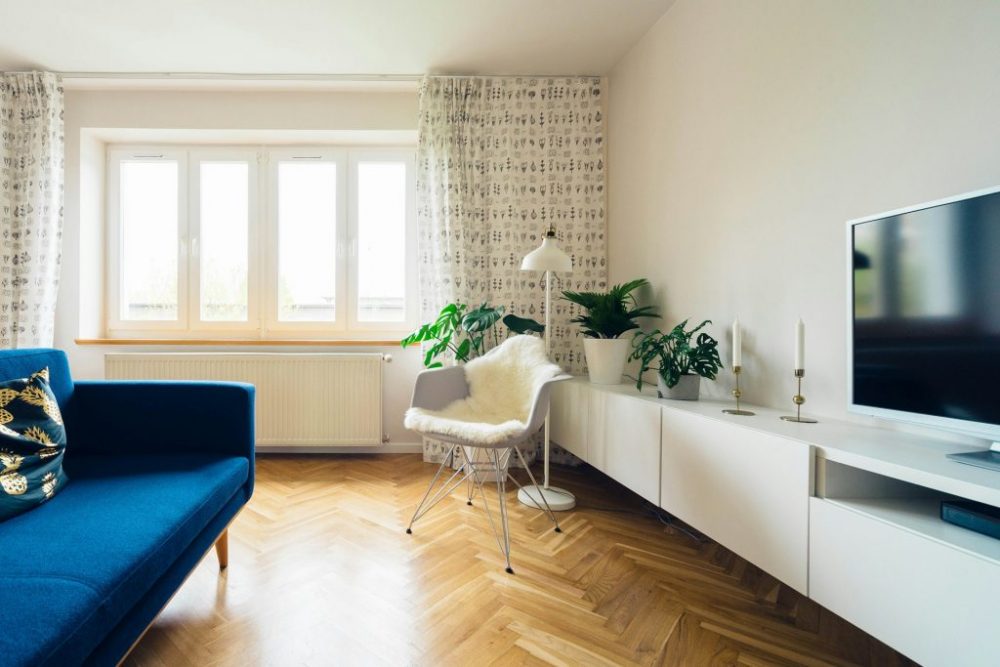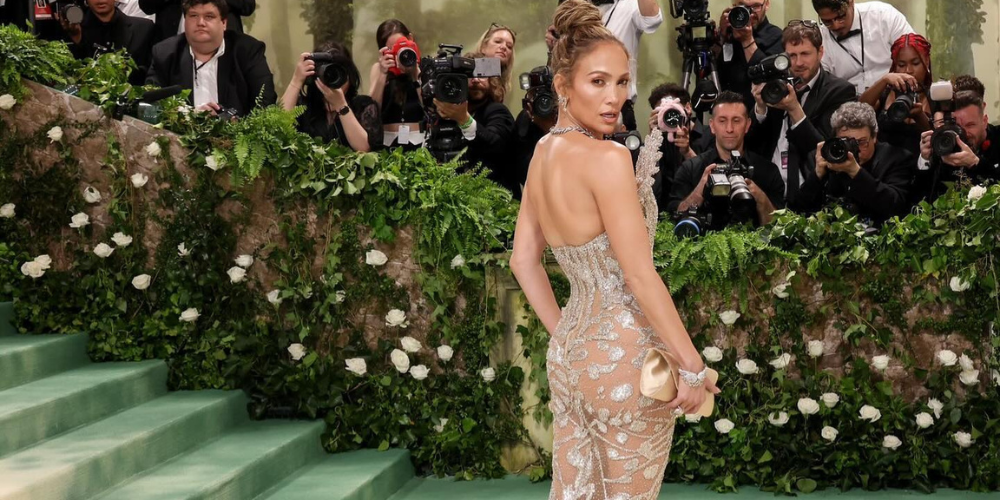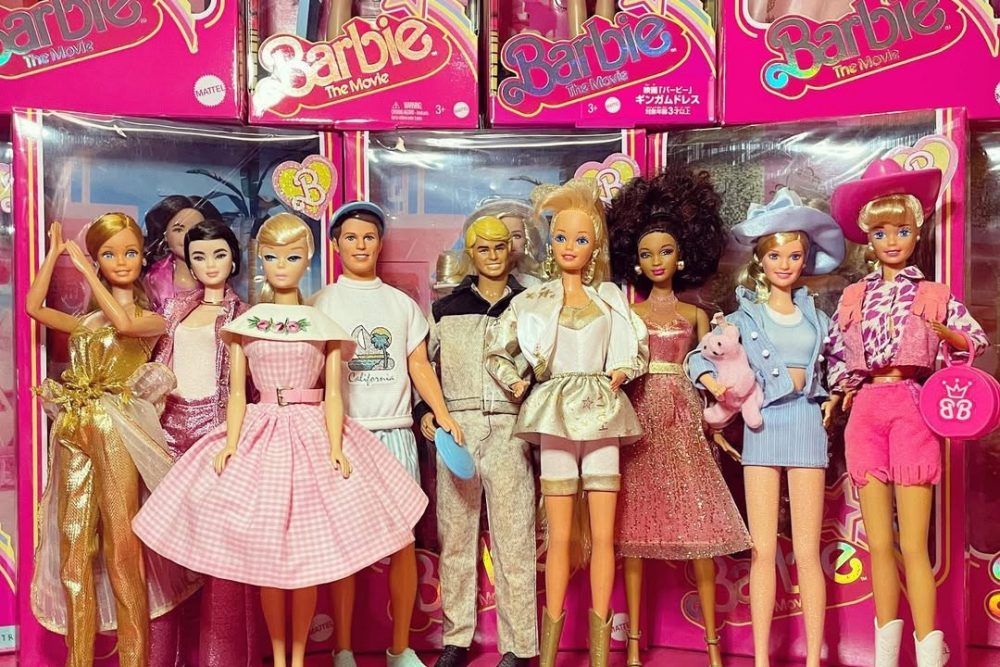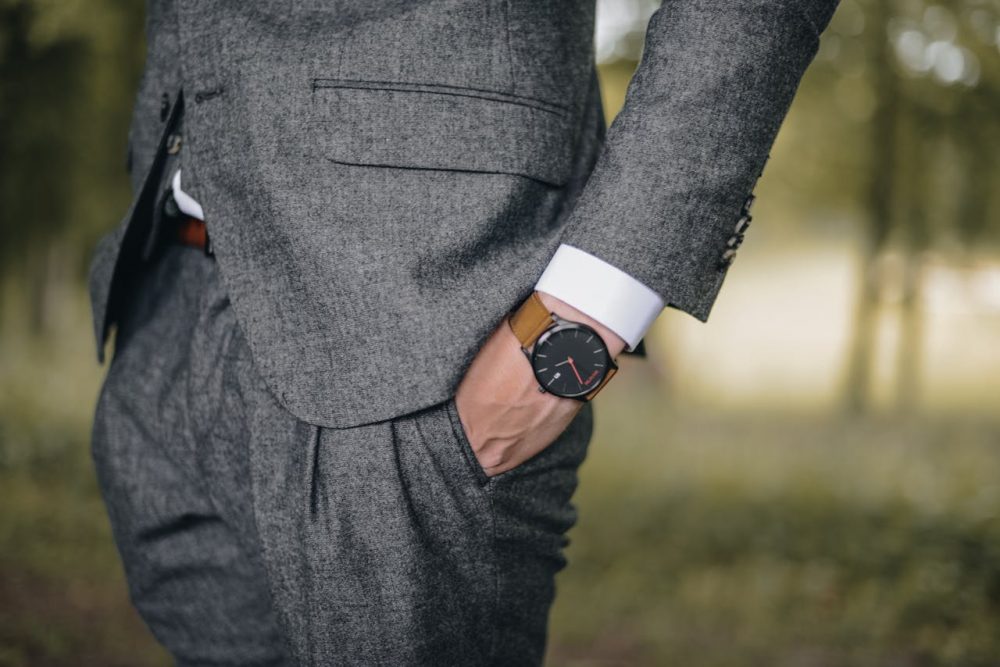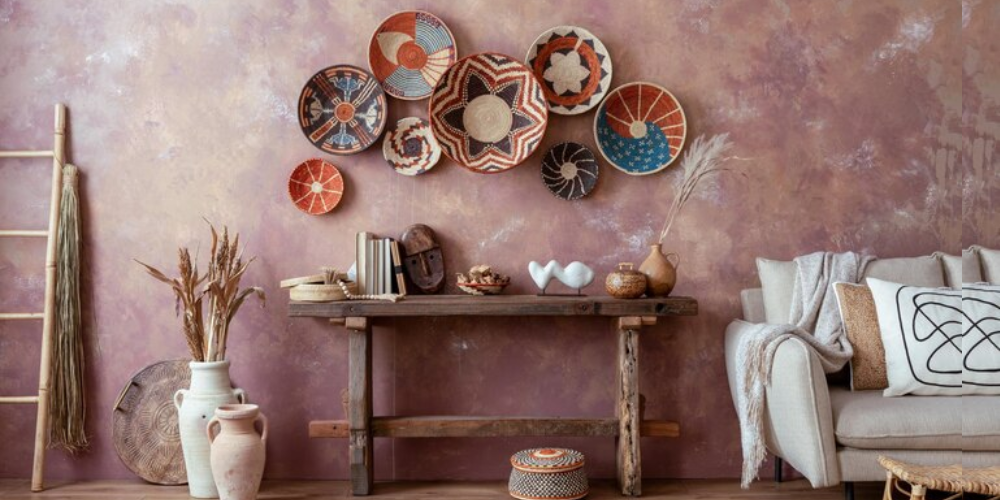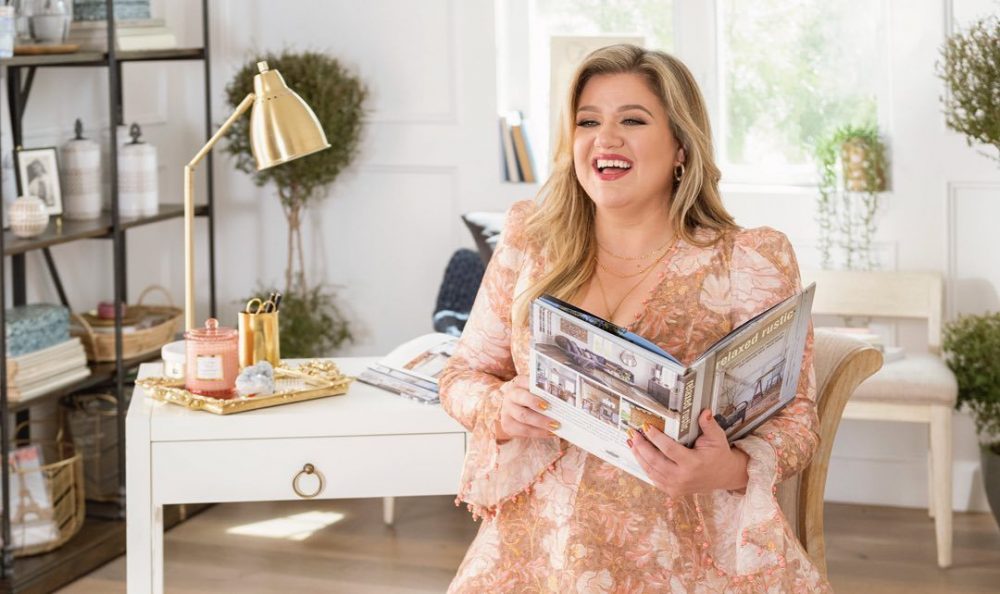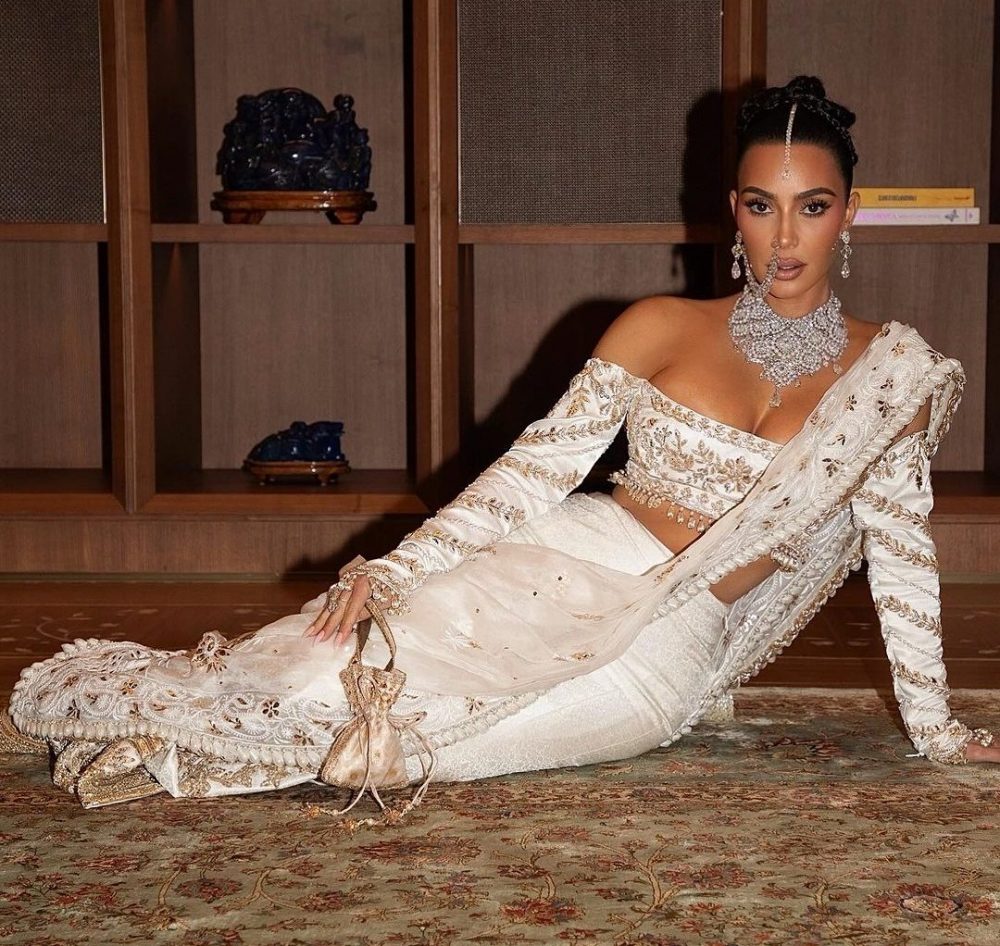As we move toward 2025, interior design's future is taking shape with fresh ideas and transformative trends. Designers are responding to a world craving individuality, sustainability, and spaces that work harder and feel better. The future is about more than aesthetics. It is creating environments that enrich lives. Here is what the future of interior design looks like: Sustainable Choices That Redefine Luxury In 2025, the definition of luxury is evolving. No longer defined by extravagance, luxury in interior design's future prioritizes sustainability. Designers are choosing materials with minimal environmental impact - like recycled glass, responsibly sourced wood, and innovative eco-friendly textiles. Imagine statement pieces crafted from reclaimed materials or high-end furniture made using carbon-neutral processes. These designs prove that elegance and sustainability can go hand in hand. You bet!...
next aeticle
As we move toward 2025, interior design's future is taking shape with fresh ideas and transformative trends. Designers are responding to a world craving individuality, sustainability, and spaces that work harder and feel better.
The future is about more than aesthetics. It is creating environments that enrich lives. Here is what the future of interior design looks like:
Sustainable Choices That Redefine Luxury
In 2025, the definition of luxury is evolving. No longer defined by extravagance, luxury in interior design's future prioritizes sustainability. Designers are choosing materials with minimal environmental impact - like recycled glass, responsibly sourced wood, and innovative eco-friendly textiles.
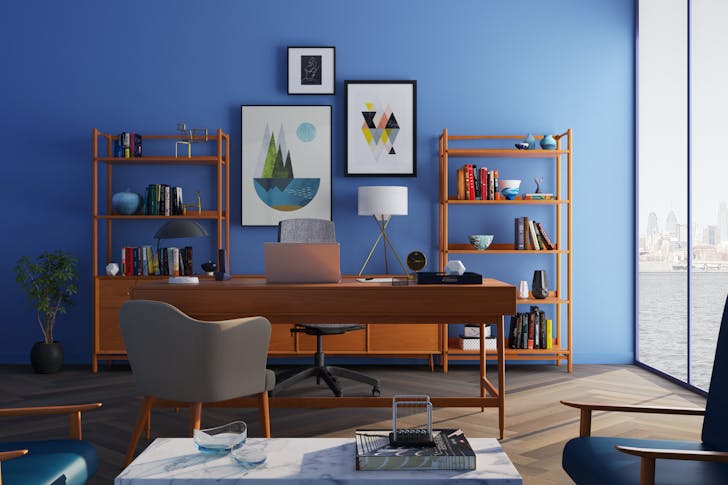
Kamo / Pexels / In the upcoming years, interior designs will be leaning more toward ‘sustainable luxury.’
Imagine statement pieces crafted from reclaimed materials or high-end furniture made using carbon-neutral processes. These designs prove that elegance and sustainability can go hand in hand. You bet! They set a new standard for interiors that are both beautiful and planet-friendly.
Multifunctional Spaces are Interior Design's Future!
The way we live and work is changing, and interior design's future reflects that. Multifunctional spaces will become a necessity as people demand more from their homes. A single room may serve as a work-from-home office by day and a cozy family retreat by night.
Designers are responding with innovative solutions like modular furniture, hidden storage, and flexible layouts. Think sofas that transform into desks, walls that shift to create privacy, or compact kitchens with fold-away features.
The Rise of Biophilic Spaces
In interior design's future, the connection between humans and nature takes center stage. Biophilic design is expanding from a niche concept to a universal principle. Homes, offices, and even public spaces will integrate greenery, natural materials, and designs inspired by organic shapes.
However, the goal is more than visual appeal! Biophilic spaces improve mood, reduce stress, and promote creativity. Imagine rooms with cascading green walls, skylights that let in the sun, and furnishings that echo the textures of the earth.
Customization Will Reach New Heights
Individuality will dominate interior design's future, with customization leading the charge. No two spaces will look alike, as people seek interiors that reflect their unique tastes and needs. Be it through bold color palettes, custom-made furniture, or personalized art, every design will tell a story.
Technology is making this easier than ever. Virtual reality design tools will let homeowners explore layouts and materials before committing, while 3D printing brings bespoke furniture and decor into reach.
So, by 2025, customization won’t be a luxury. It will be an expectation, transforming interiors into deeply personal sanctuaries.
Wellness Will be at the Heart of Design
Experts predict that wellness will be the driving force in interior design's future. As we recognize the profound impact our surroundings have on our health, interiors will evolve to support physical and mental well-being. Thus, this trend focuses on creating calm, balanced spaces that promote relaxation and mindfulness.
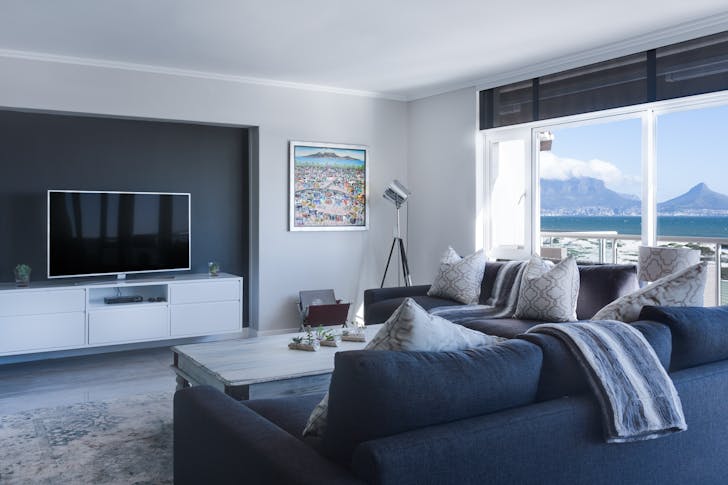
JV / Pexels / From ergonomic furniture to air-purifying plants, wellness design touches every aspect of a space.
Lighting will adapt to natural rhythms, reducing eye strain and improving sleep. Spaces will embrace clutter-free aesthetics and soothing textures, offering a much-needed respite from the chaos of modern life.
Minimalistic Designs Will be Ubiquitous
Minimalism is evolving into something deeper in interior design's future. It’s not about stripping away everything. It is about keeping only what adds value. Minimalistic interiors will focus on intentional choices - fewer but better pieces that serve a purpose.
This approach fosters a sense of calm and order. Spaces will feel open and serene, yet never empty or cold. Designers will prioritize smart storage solutions and high-quality materials, creating interiors that balance simplicity with warmth. Minimalism in 2025 will be all about meaningful, mindful living.
Above all, technology is seamlessly weaving itself into interior design's future. Smart homes are becoming smarter, with innovations that make daily life more convenient and connected. But in 2025, tech won’t be flashy. It will be subtle, almost invisible.

